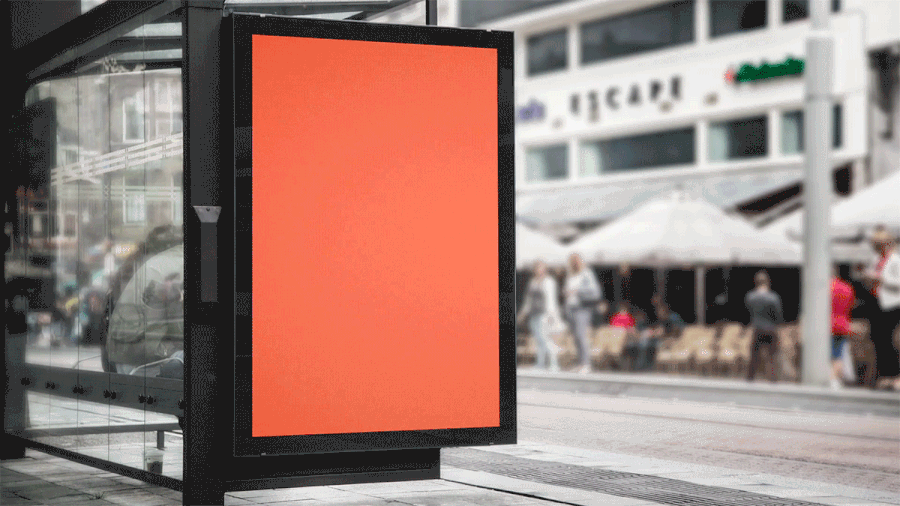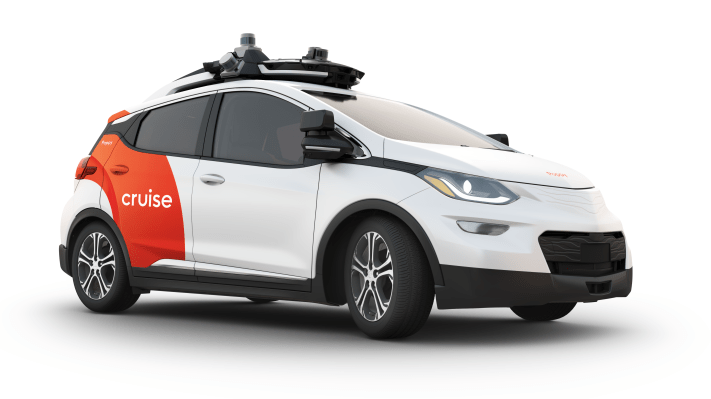Cruise is scrapping an ambitious target to launch a commercial robotaxi service before the end of the year after failing to meet internal milestones on safety and performance that would allow the GM-backed company to deploy at scale in the complex urban environment of San Francisco.
The delay was announced by the company’s CEO Dan Ammann in a lengthy blog post that revealed new details about its plan to eventually deploy in San Francisco.
The decision to scrap its 2019 launch date not only provides a glimpse into Cruise’s operations, it reflects a broader trend in the nascent autonomous vehicle industry. Engineers and executives within the industry, once brazenly forecasting the imminent arrival of self-driving cars (without a human safety driver behind the wheel) have a decidedly more restrained outlook today.
Timelines have been adjusted, smaller companies have shuttered or been bought out and public statements from executives within the industry are more conservative.
Cruise is now throwing its weight — which includes a treasure chest of more than 1,500 employees and $7.25 billion from majority shareholder GM, along with SoftBank Vision Fund, automaker Honda and T. Rowe Price & Associates — toward a large-scale deployment that “gets it right the first time,” Ammann told TechCrunch in a recent interview.
For the self-driving company, this means a steep ramp up in testing and validation of its autonomous vehicles, community outreach, investment in infrastructure that includes a massive electric charging station in San Francisco and the development of a next-generation self-driving vehicle by a team of Cruise, GM and Honda engineers.
“From the beginning, the approach at Cruise was to do this safely and to do this at a very large scale,” Ammann told TechCrunch. “There’s a technology race going on here, but there’s also a trust race going on as well. It’s really important that when we do this the first time, that we do it right.”
Ammann declined to give a new timeline for when the commercial service will launch in San Francisco. He did say San Francisco residents should expect to see a lot more of its self-driving vehicles on the road.
Logging more test miles is just part of Cruise’s broader plan to increase its visibility in San Francisco and move toward a commercial service, according to Ammann. The company’s 180 test vehicles, which are GM’s electric Chevy Bolt EVs, will be rebranded in a splashy orange with the Cruise name emblazoned on the side and a smaller personal name toward the back. For instance, the Cruise vehicle in the main photo has been dubbed Poppy.
The company also will increase community outreach in San Francisco, a plan that will mean increased marketing as well as educational meetups where residents can ask questions and check out the vehicles.

Cruise was one of the last remaining holdouts and had one of the most aggressive timelines among companies hoping to deploy a commercial self-driving vehicle service. Even while other companies adjusted deployment plans, Cruise stuck to its timeline until now.
“It seemed highly unlikely that Cruise would meet that 2019 and not just because of the technical challenges,” Gartner Senior Research Director Mike Ramsey said in a recent interview, adding that the company faced more pragmatic challenges such as designing a vehicle platform and launching a ride-hailing app and business.
“It’s further evidence that the ambitions for transitioning the world to self driving vehicles is unlikely to be as near term as some thought,” Ramsey said.
However, Ramsey noted that new details revealed Wednesday by Cruise show a company that is thinking beyond just solving the technical juggernaut of autonomous vehicles and making some progress on how the service might function.
Cruise’s plans for EV charging infrastructure and its work on a next-generation self-driving vehicle are among the more notable details laid out Wednesday.
Cruise already has 24 DC fast chargers in San Francisco, 22 of which are located in the city’s Embarcadero neighborhood. The company plans to build out another massive EV charging station equipped with several dozen fast chargers. Cruise didn’t reveal more details about the location of this charging hub or if it will also act as an operations center for the company.
Details are also slim on this next-generation vehicle, which “hundreds” of Cruise, GM and Honda engineers are working on at a site in Warren, Mich.
